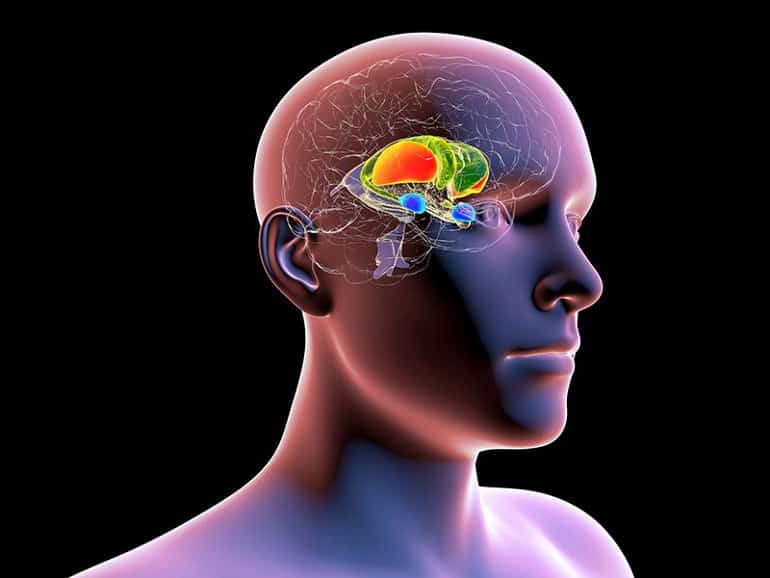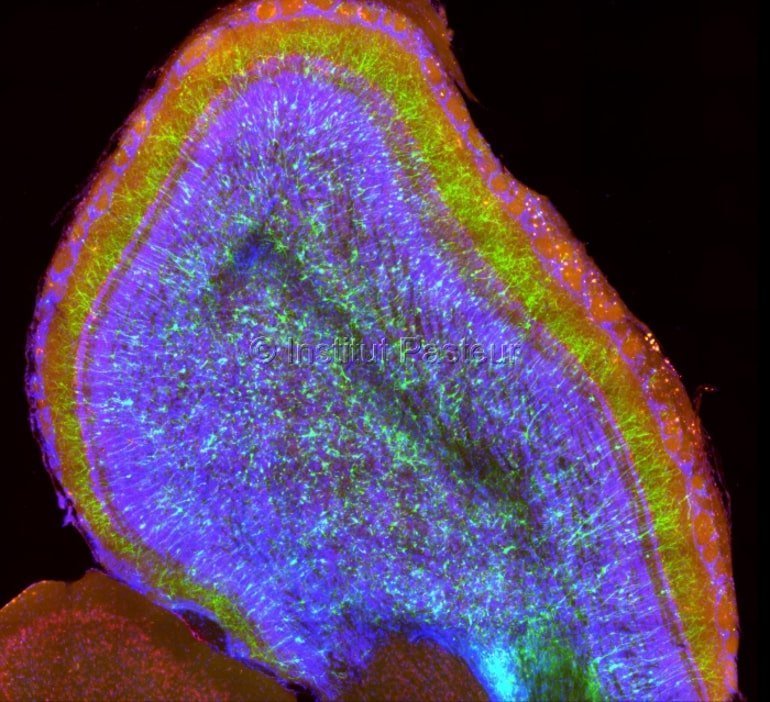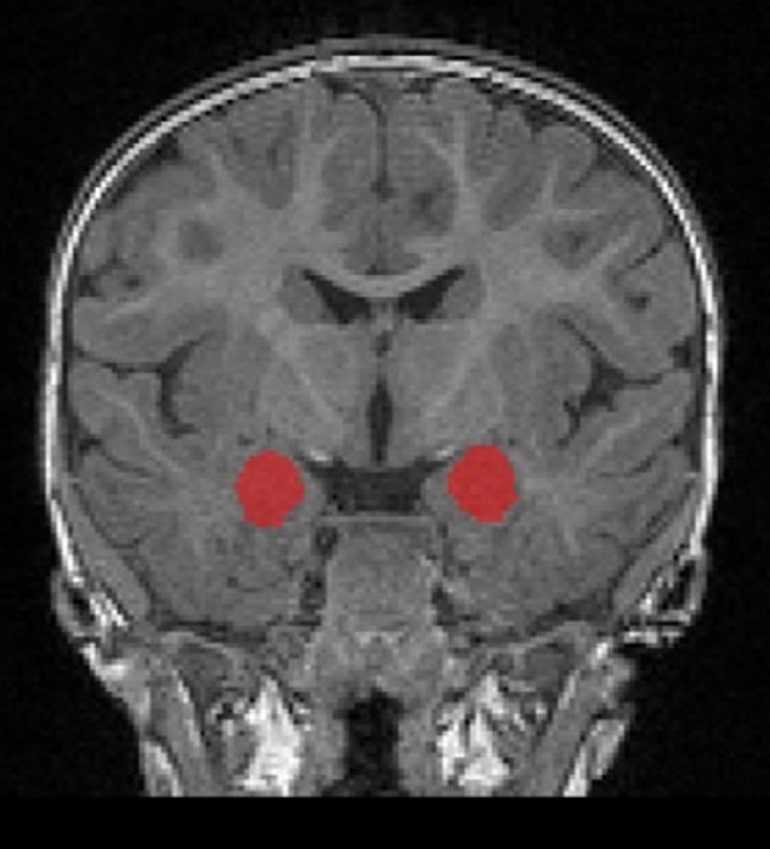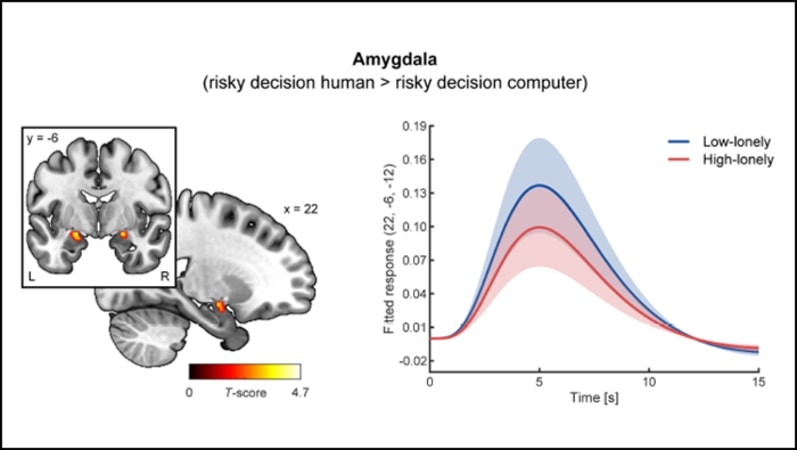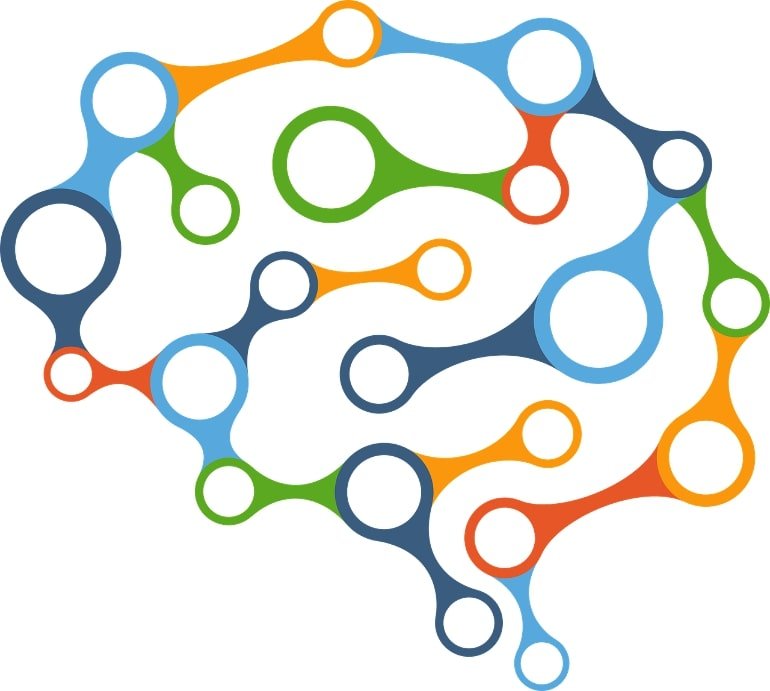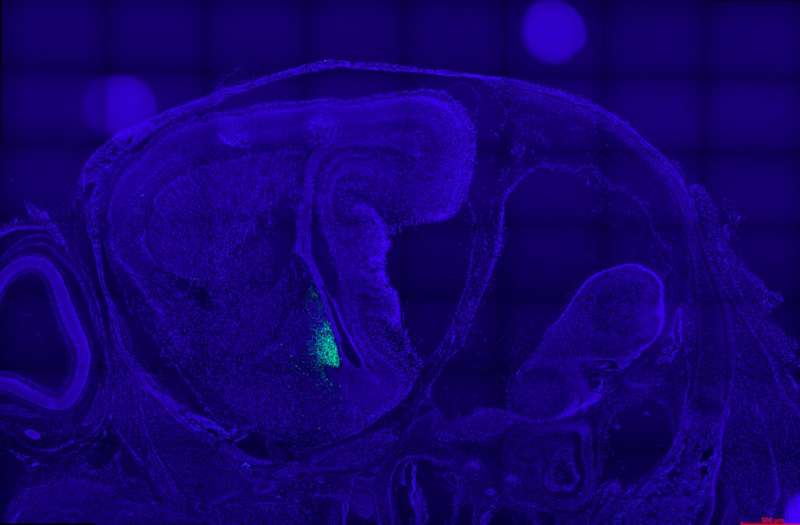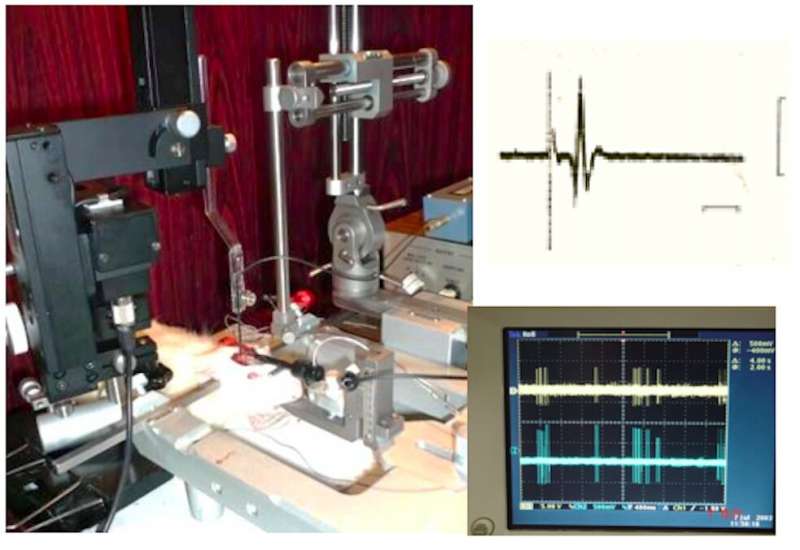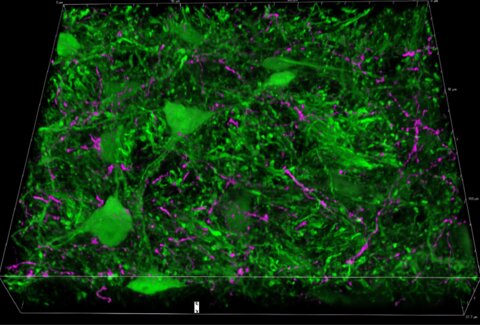Click here to view original web page at Why the Memory of Fear Is Seared Into Our Brains
Summary: Norepinephrine facilitates fear processing by stimulating a population of inhibitory neurons in the amygdala, generating repetitive bursting patterns of electrical activity. This activity changes the frequency of oscillations in the amygdala from resting state to aroused state, promoting the formation of fear memories. Source: Tulane University Experiencing a […]
